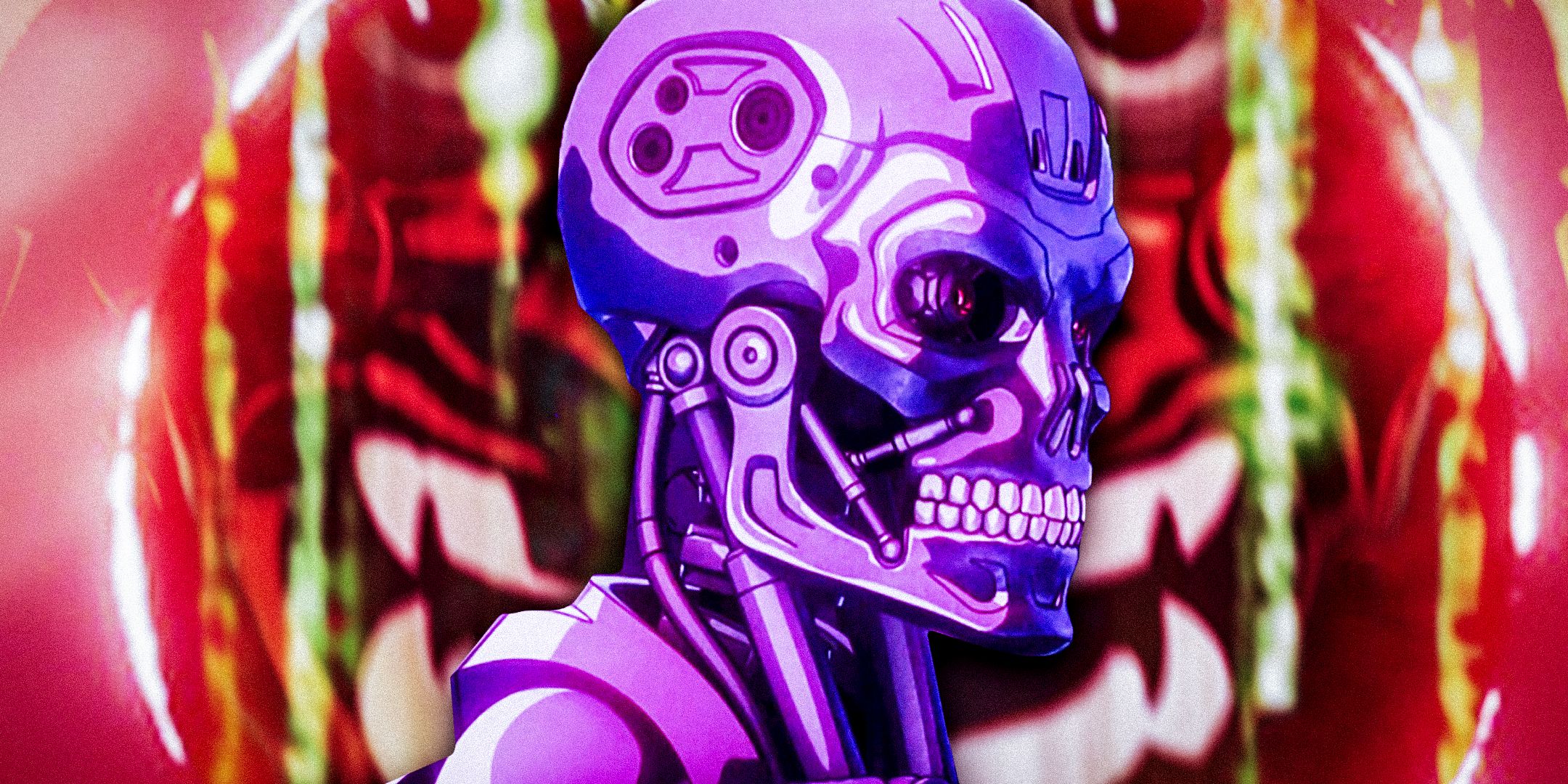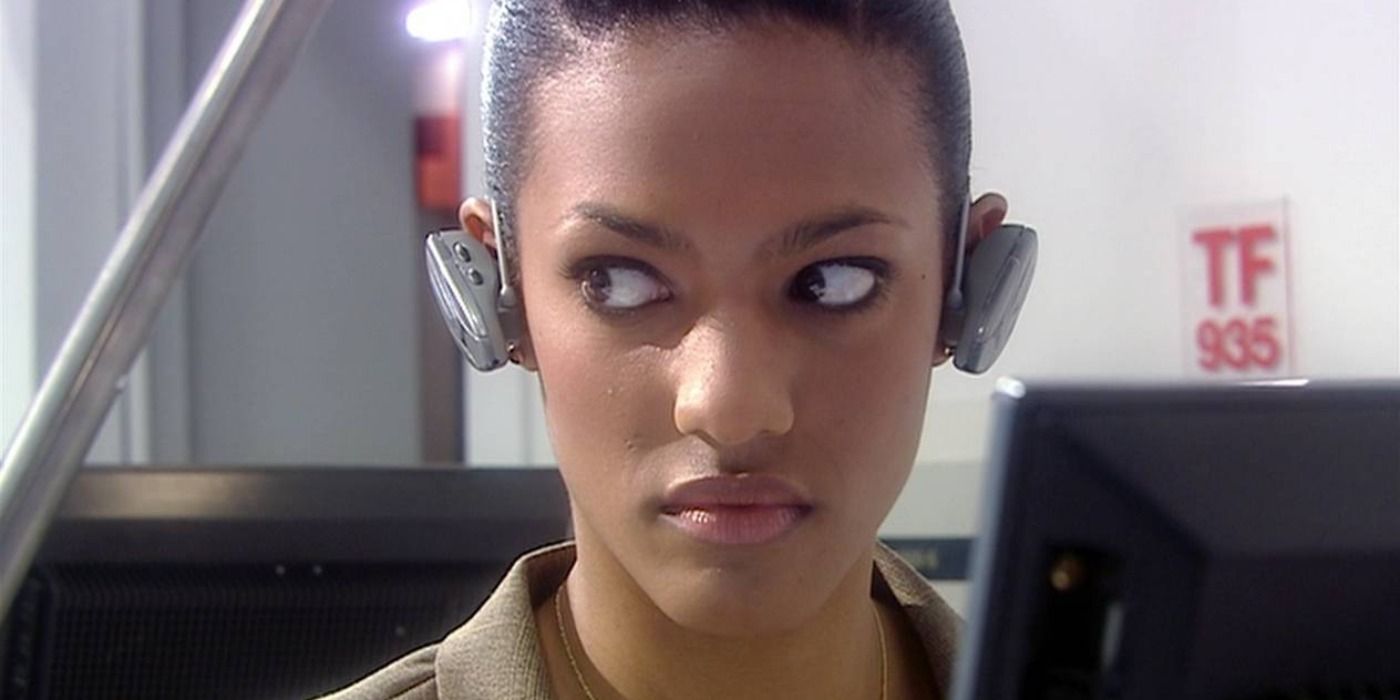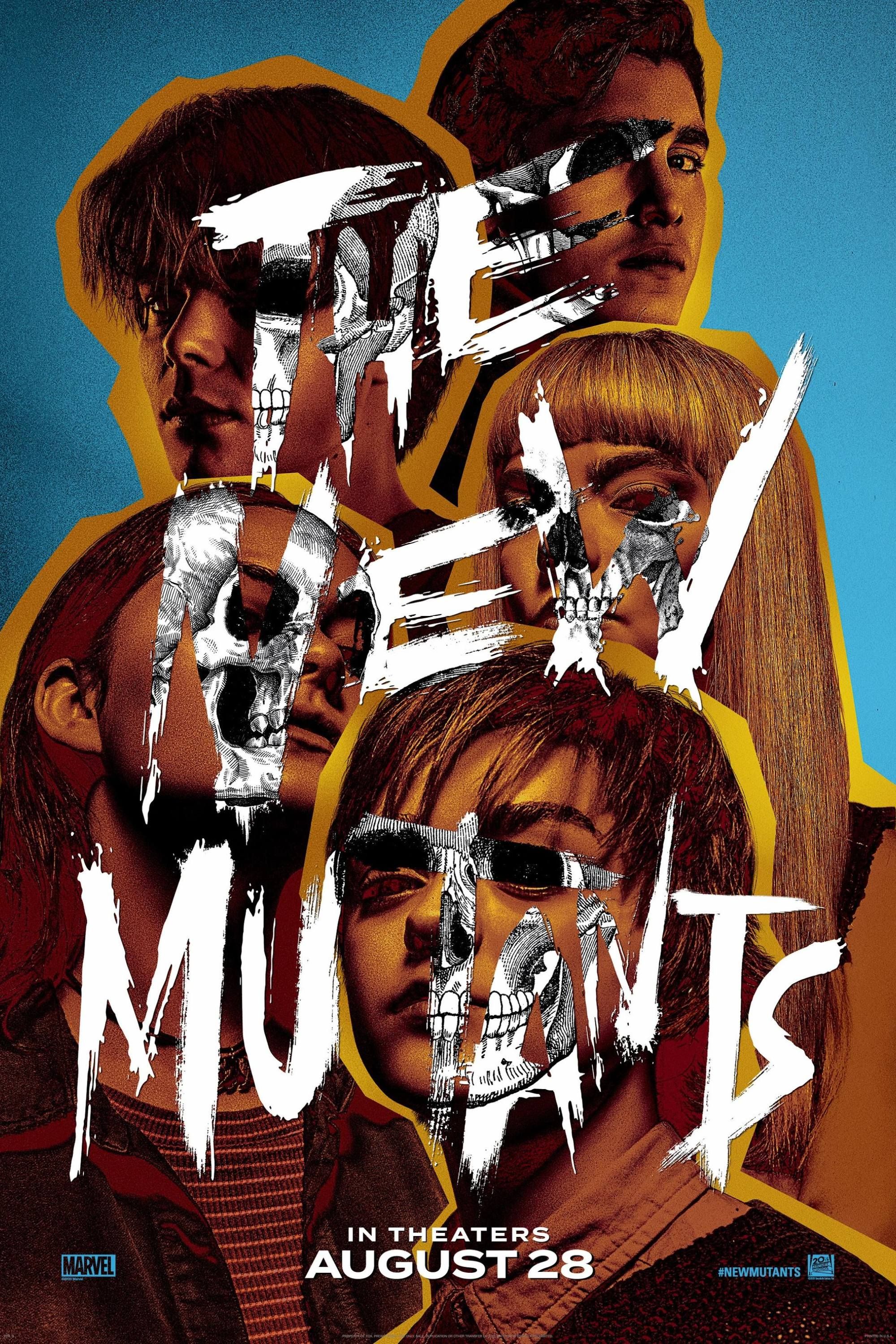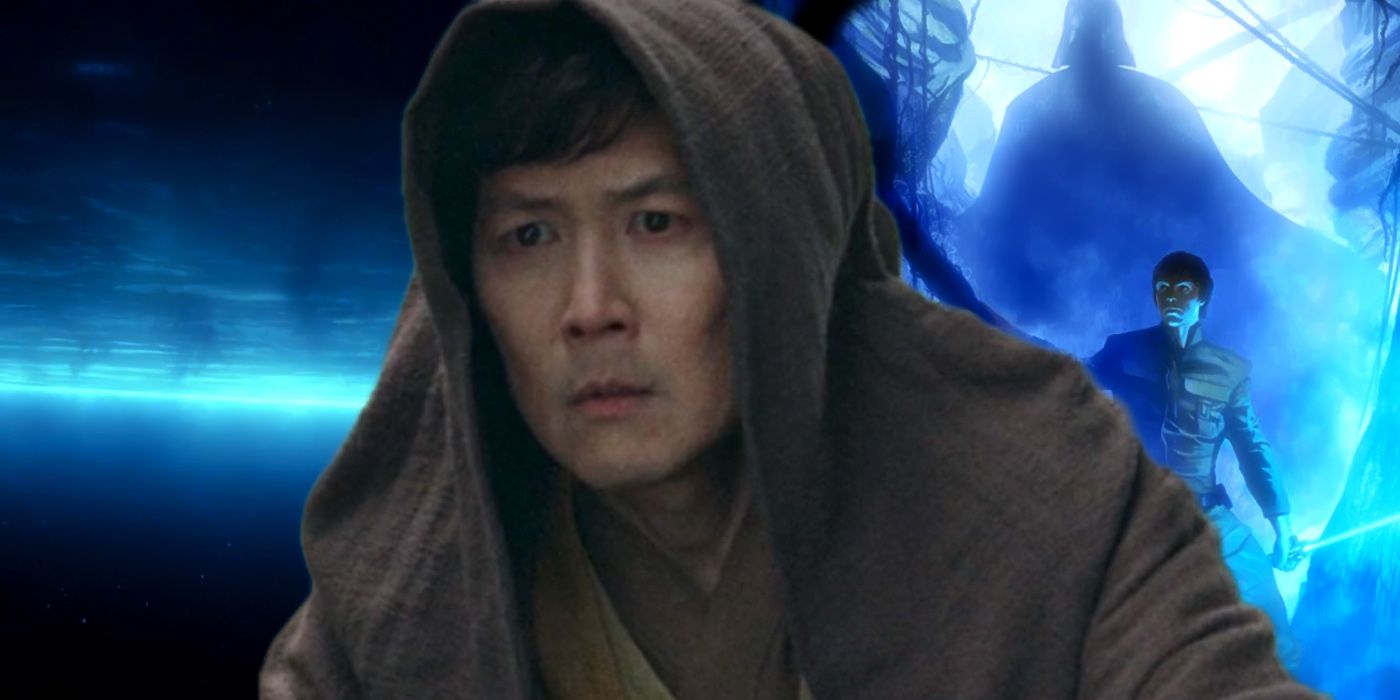As Mystery Science Theater 3000 prepares to begin its 13th season, it seems fitting to reflect on how the show changed the face of television. First premiering in 1988 as a local “creature features” show for UHF station KTMA in Minneapolis, Mystery Science Theater 3000 made the jump to cable and became a cult classic in the 1990s. The show was reborn in 2017 following a record-breaking crowdfunding effort, introducing the glories of movie riffing to the streaming generation.
Despite its many incarnations and ever-changing cast, the core idea of MST3K has remained unchanged, quintessentially being based around a group of funny friends watching cheesy movies (like “Manos” The Hands of Fate) and making fun of them. There is a plotline involving mad scientists trying to take over the world by utilizing bad movies as a weapon and the hosts and their robot friends are nominally captives being forced to perform, while plotting their escape from a deep-space prison. However, the show is not beholden to its own continuity and often breaks the fourth wall regarding its premise. It is an off-beat attitude best encapsulated by the series’ theme song, which advises viewers to repeat to themselves, “It’s just a show. I should really just relax.”
While never a ratings powerhouse, MST3K developed one of the most devout followings in all of fandom. Its annual Thanksgiving Turkey Day Marathons have become as much a tradition in some households as watching the Macy’s Parade. This devotion recently enabled MST3K to be reborn yet again, after the revival series was canceled by Netflix. Mystery Science Theater 3000 has become the first television series to produce new episodes on its own self-financed digital streaming platform. This is only the latest example of how the series has evolved beyond its original medium and continues to amuse and astound audiences after 30 years.
MST3K Pioneered Meta-Comedy and Referential Humor
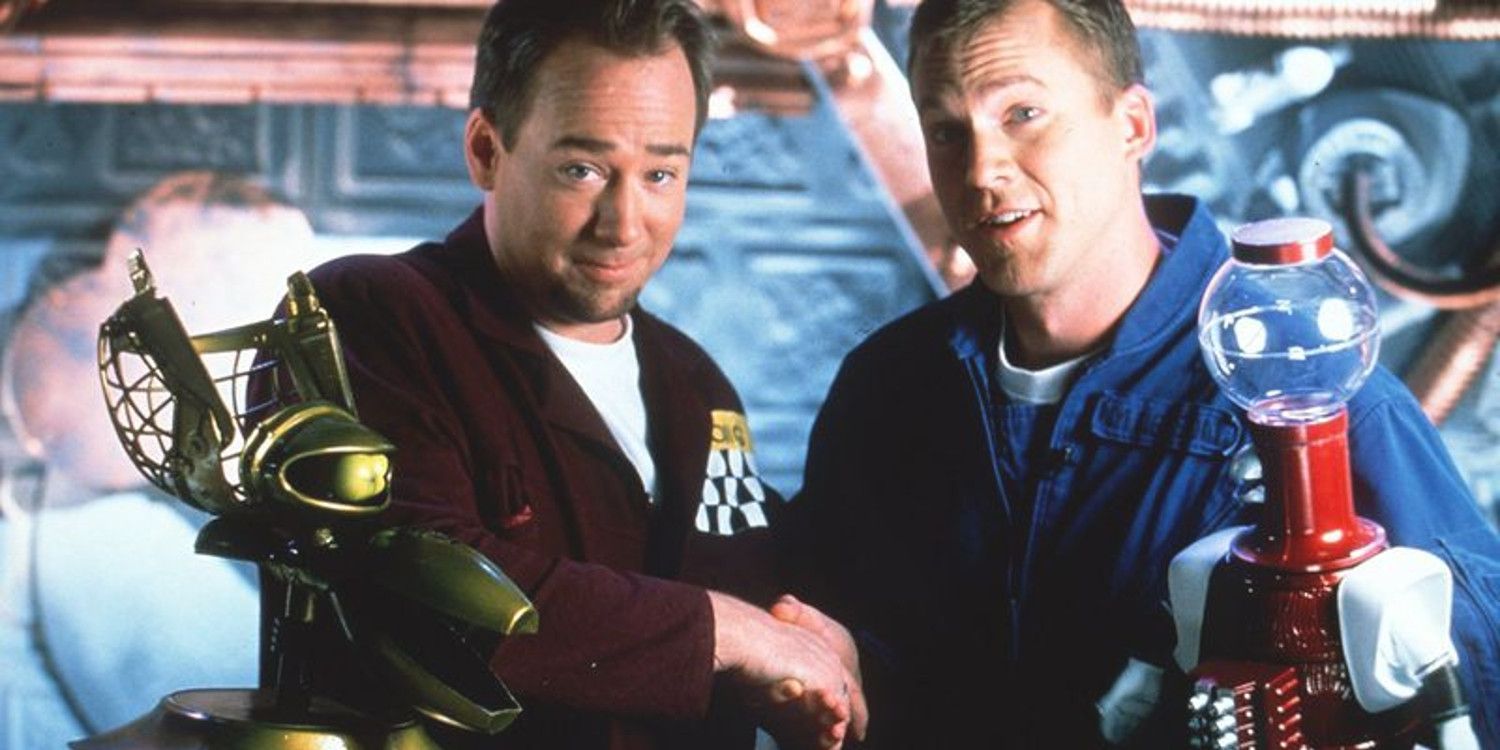
At a time when most television networks were dumbing-down their programming and shamelessly copying the formulas of other successful shows (as with the many animated series that ripped-off The Simpsons in the early 1990’s), Mystery Science Theater 3000 dared to smarten up and be true to its unique concept. Series’ creator Joel Hodgson best summed up the spirit of the show with a simple statement in the 1992 documentary This Is MST3K, proclaiming that he and the show’s other writers trusted in the intelligence of their audience. “We never say, ‘Who’s gonna get this?’ We always say, ‘The right people will get this.'” The right people, in this case, are a collective of starry-eyed dreamers of all ages, who latched on to what was at first glance a demented kids’ show with acerbic puppets.
Despite appearances, Mystery Science Theater 3000 was more than a sarcastic satire of Sesame Street and The Muppets. The series pioneered the idea of meme-based humor in the early days of the modern Internet, and the show was also one of the first to develop an active online fanbase that interacted with the show’s creators. MST3K‘s many riffs (of which the average episode contains about 700 or so) covered the gamut of popular culture, delving deeply into some properties that were largely unknown to general audiences.
A prime example of this can be found in the MST3K season 3 episode “Viking Women and the Sea Serpent,” which screened a 1957 Roger Corman film that was a far cry from the historical accuracy of Vikings: Valhalla. The film opens with the ponderous narration common to the fantasy features of the era, describing how the story took place when “…the world was young, and the gods had not yet abandoned the race of Men.” This prompts the robot Crow to mockingly reply “Gildor and Strider took Frodo to Rivendell” in reference to the Lord of the Rings novels, before muttering under his breath that he was ashamed that he knew that.
While this may not seem so obscure in an age when memes based on the Lord of the Rings films thrive on social media, it was a deep cut for 1991, prior to the release of Peter Jackson’s trilogy. MST3K mixed these nods to nerd culture and classic literature with references to forgotten cartoon characters and eclectic musicians, adding them into the commentary about the bad horror movies they screened. This esoteric gumbo earned the series a prestigious Peabody Award in 1993 and cemented its status as a cult classic.
MST3K Was Reborn Because Of Crowdfunding
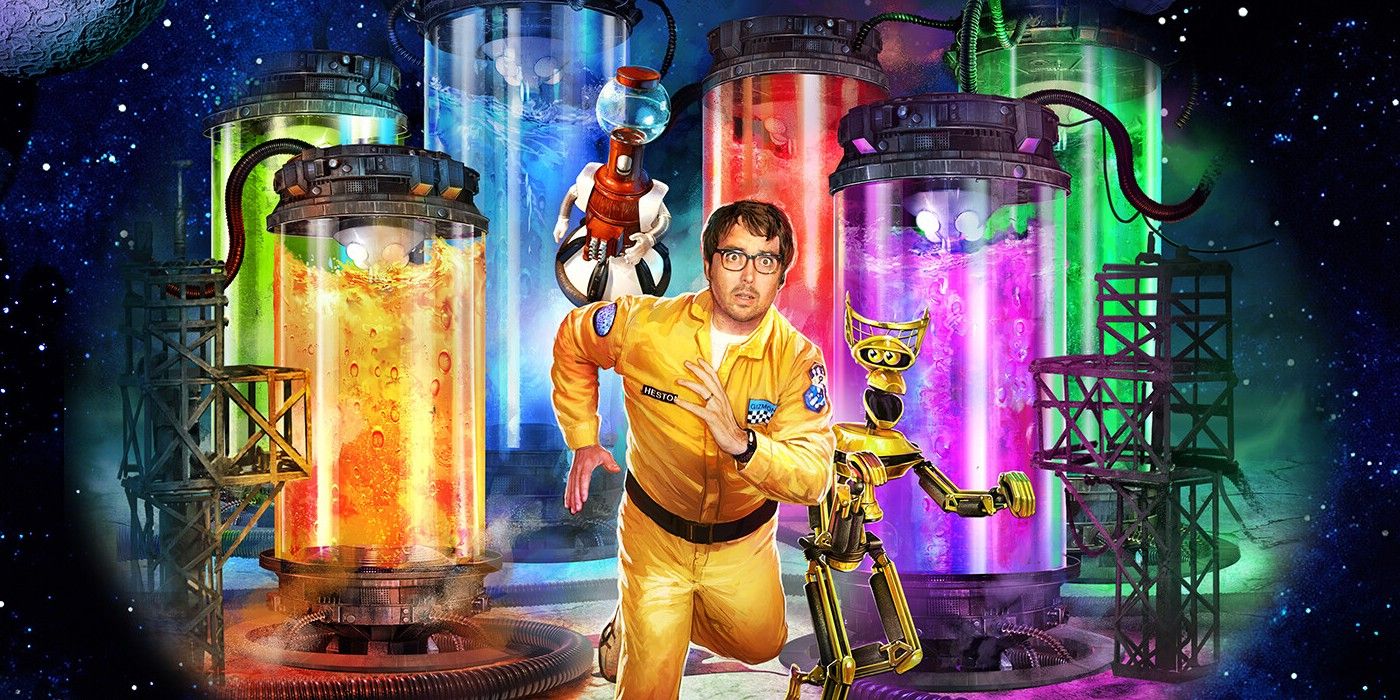
Shout! Factory, in partnership with Joel Hodgson, acquired the rights to Mystery Science Theater 3000 in 2015 with the intention of reviving the show. Unfortunately, despite the success of other cult television comebacks, there was little network interest in a new MST3K. Theorizing that any effort to bring back MST3K would live or die based on the support of the fans, a Kickstarter was launched in November 2015 with the goal of raising a modest $2 million to produce three new episodes. This mimicked a similar fan attempt to revive Veronica Mars.
The MSTie fanbase rallied to Hodgson’s call for support and exceeded every expectation, passing stretch goal after stretch goal. By the time the original campaign ended, fans of MST3K pledged over $6.3 million to finance 14 new episodes in total. This unprecedented show of support led to Netflix picking up the distribution rights for the MST3K revival.
The new Mystery Science Theater 3000 was a success by any metric, earning an 87% fresh rating with professional critics and 97% approval among fans on Rotten Tomatoes. It also set a Kickstarter record for television projects that would stand until 2019 and the successful pledge drive for the Critical Role animated series The Legend of Vox Machina. Unfortunately, this was not enough for Netflix, who declined to continue carrying MST3K after its six-episode season 12 premiered on Thanksgiving Day 2018. Yet this would not be the end of MST3K, which continued to produce new material through a series of live theatrical tours, as Hodgson and Shout! Factory shopped the show around to other networks and streaming services.
MST3K Has Created Its Own Streaming Platform
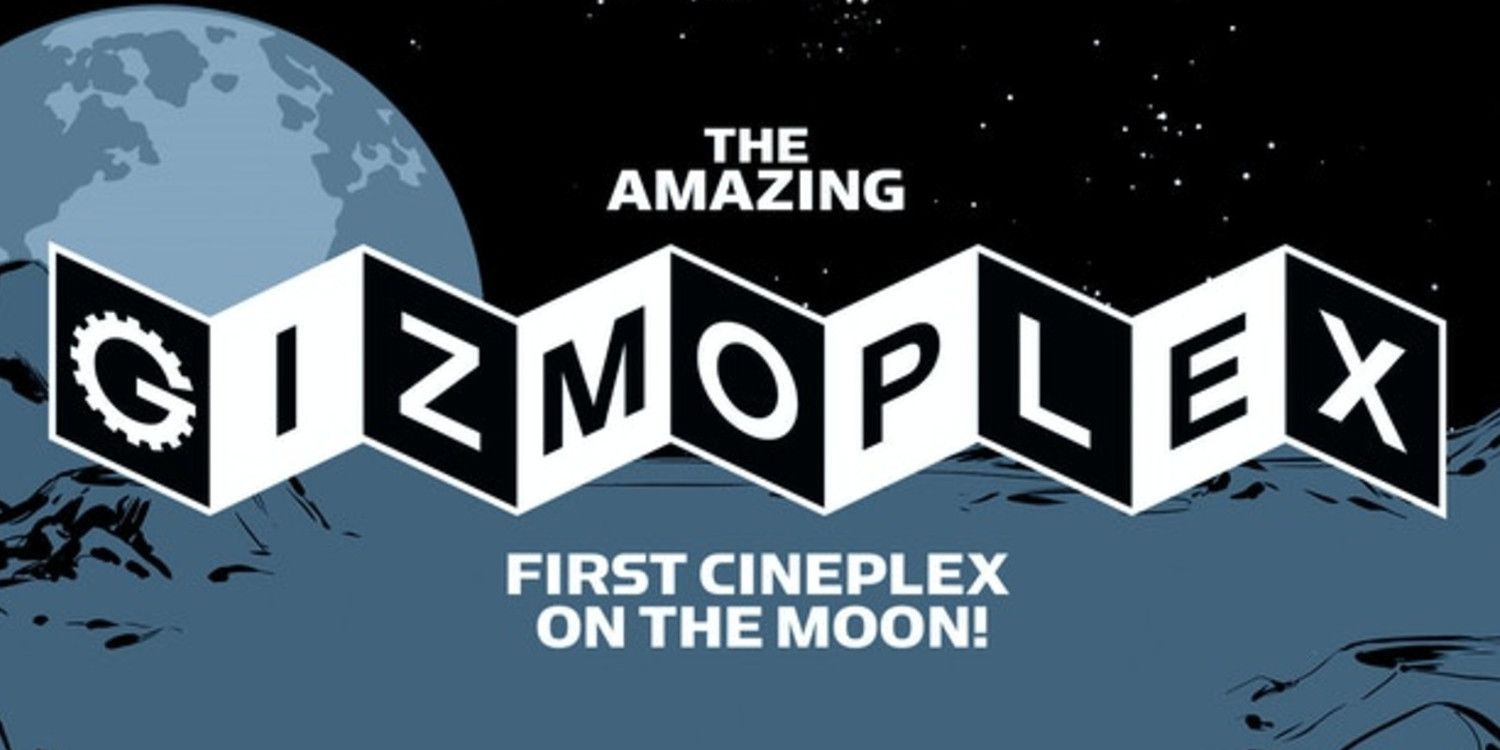
Hodgson came to envision a new way of distributing Mystery Science Theater 3000, which would protect the series from the random whims of network executives and empower the fans to keep the show running for as long as they wanted, avoiding the problems they had when dealing with Netflix. Hodgson and Shout! Factory organized another crowd-funding effort to construct what they dubbed the Gizmoplex, which would act as a digital launching platform for new MST3K episodes and special live streaming events. This new effort was even more successful than the original Kickstarter, reaching its $2 million goal within 25 hours of launching and going on to raise $6.5 million to produce an additional 13 episodes, including a Halloween special and a Christmas special. As the Gizmoplex prepares to launch the first episode of Mystery Science Theater 3000 season 13 and test the idea of a fan-funded streaming service, the not-too-distant future is looking good for MSTies around the world.
Mystery Science Theater 3000 season 13, episode 1 will premiere on the Gizmoplex app on March 4, 2022.
